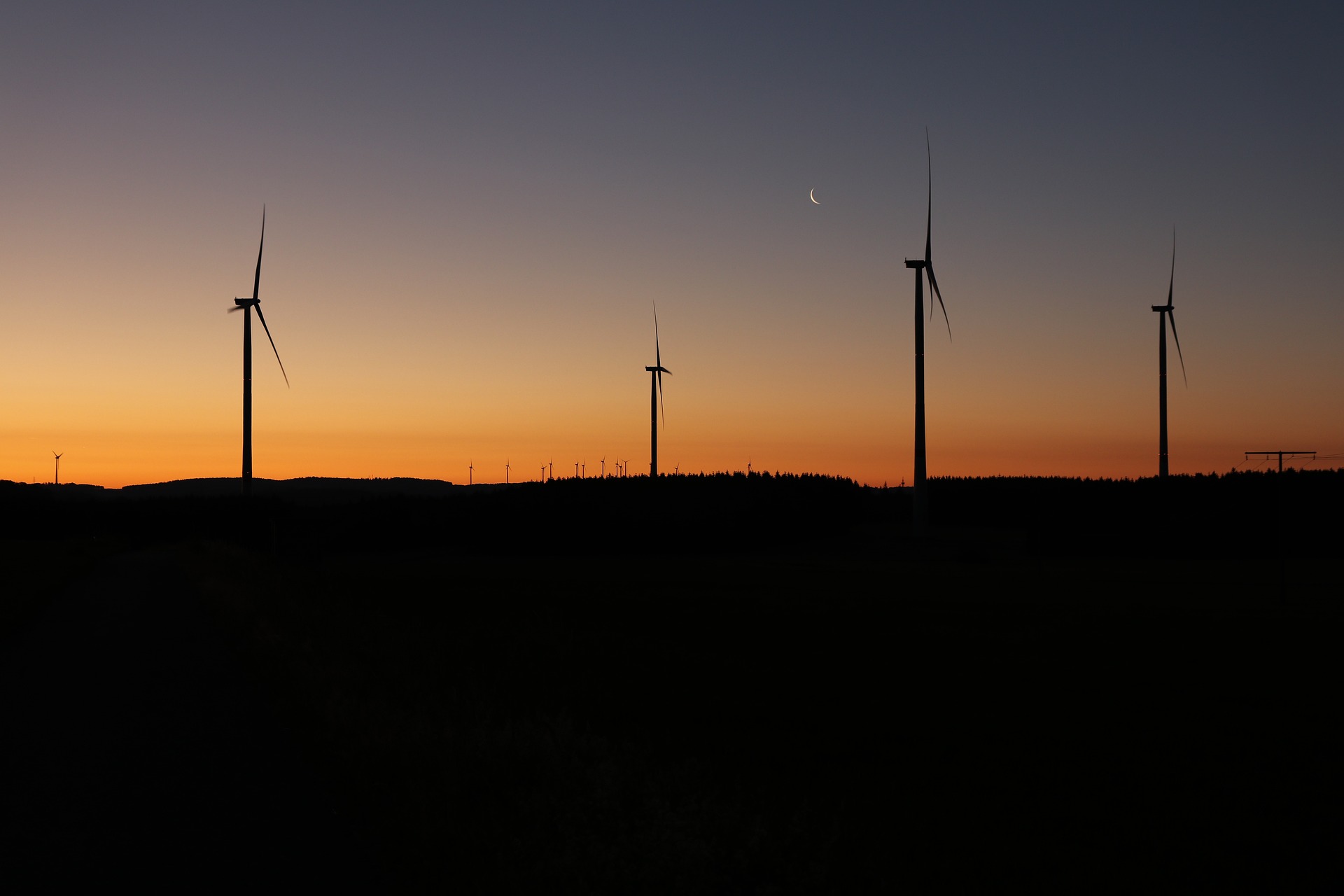NAU CWC 2022-2023
Team Cyclone
About the Project
The objectives outlined by the CWC are to create a small-scale offshore wind turbine that can produce a steady power output across a variety of wind speeds. The wind turbine needs to be composed of three separate parts, the wind turbine with the generator, an electrical black box to convert and alter the AC signal, and a load for the turbine. As for the rotors themselves, they need to rotate with changes in wind speed and direction. To simulate an industry turbine as much as possible, the turbine should also possess safety precautions, such as a manual emergency stop as well as fail safes. To test the effectiveness of the design, there needs to be a point of common connection (PCC) where the power curve and voltage output of the turbine will be measured. Overall, the project is a miniature scale of an industry grade offshore wind turbine, so it needs to operate and function accordingly. Objectives that our team has independently identified are to convert the AC signal from the generator to DC, filter that DC signal, convert the DC signal to a higher or lower DC signal, and to be able to control the load, pitch, and power output of the turbine.Significance of this Project
Within recent history the global warming crisis has captured the attention of scientists and governments across the world. In order to combat global warming, the EU and the US have outlined goals to increase Renewable Energy Sources (RES) and decrease the dependency on fossil fuels over the next few decades. Although these goals have proven to slow down global warming, they are very ambitious for our current power grids, technology, and job market. Recognizing these downfalls, the US Department of Energy (DoE) and National Renewable Energy Laboratory (NREL) created the Collegiate Wind Competition (CWC) in 2014 to prepare students, researchers, and engineers with real world experience in the wind energy workforce [1].This year the CWC is focused on offshore wind turbines and reducing voltage spikes. Given the environment, offshore wind turbines experience rapidly changing wind speeds and directions. These sudden changes and lack of consistency, make wind turbine operations offshore much more cumbersome than mainland turbines. An important part to wind turbine operation offshore is the presence of emergency stops for when wind speeds increase or change rapidly. Given this context, the CWC has described the following objectives of a small-scale offshore wind turbine.
